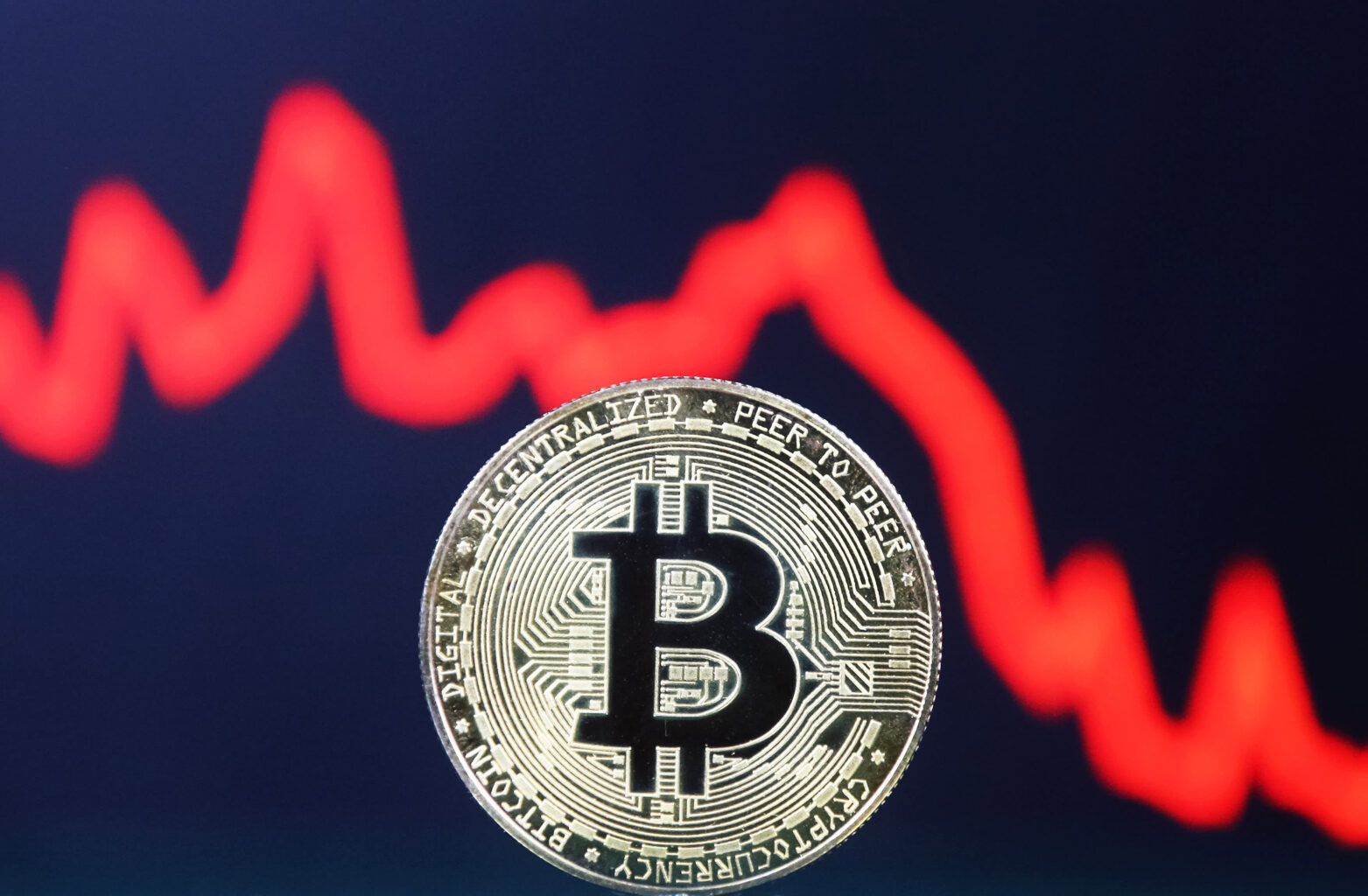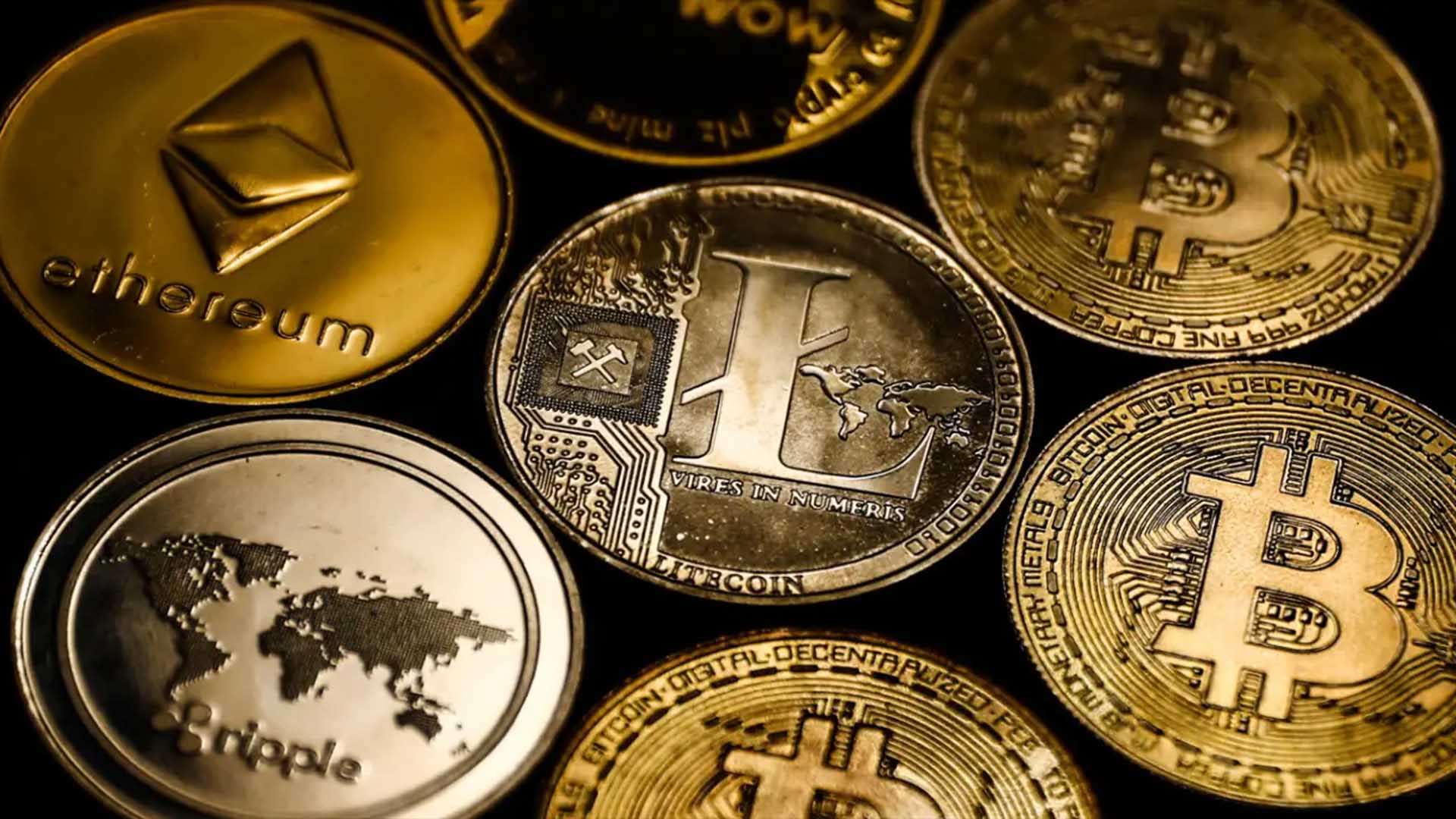Actually, many people think that the notion of ‘cryptocurrency’ appeared in last years, but this notion comes from the 1980s. In the past, the notion was known as ‘cyber currency’, and it was not practical as today’s cryptocurrency. Now, we want to explain the history of cryptocurrency to reflect the logic behind digital assets.

The Early Times: 1980s
In 1989, American computer scientist David Lee Chaum created digital cash, and he is known for this big and important invention. Because of this invention, Chaum is called as ‘the godfather of cryptocurrency’ and ‘the father of online anonymity’. The digital cash depended on cryptography for securing and verifying transactions. Before this invention, Chaum explained blockchain protocol in his 1982 dissertation titled ‘Computer Systems Established, Maintained, and Trusted by Mutually Suspicious Groups’.
The notion of ‘digital cash’ by Chaum did not need centralized concepts, like banks, so this notion shows the early existence of decentralization in this field. After introducing digital cash, Chaum introduced an electronic money corporation called DigiCash in 1989. DigiCash transactions were anonymous, and this circumstance was based on Chaum’s cryptographic protocols. In 1998, DigiCash went bankrupt, and it was bought by eCash Technologies that was another digital currency firm.
Due to these initial developments, we can say that David Lee Chaum is a shining star in the crypto space because everything started with his studies in cryptography.

Is Bitcoin Coming?: 1990s
In 1998, talented computer scientist Nick Szabo introduced Bit Gold which was an attempt at the decentralized digital currency. The currency could not be implemented, but it is called as the earlier version of Bitcoin.
For the development of Bit Gold, there were unsolved cryptographic puzzles, and Szabo started to seek talented people who could solve these puzzles. Also, it was announced that people who can solve the puzzles get rewards. As you can predict, Chaum’s ideas and improvements in virtual currency were utilized during the development of Bit Gold. Although different people studied on Bit Gold, Szabo could not solve double-spending, which is the problem of including the same tender being spent multiple times during the transaction of virtual currency, without a centralized unit. Hence, as we indicated above, Bit Gold could not be used as desired.

The Release of Bitcoin: 2000s
On October 31, 2008, a whitepaper titled ‘Bitcoin: A Peer-to-Peer Electronic Cash System’ was published by Satoshi Nakamoto that is a pseudonymous person or persons. This whitepaper is a crypto revolution because it explains the function of Bitcoin. According to the whitepaper, cryptocurrencies are assets that do not require authority, so the decentralized structure in blockchain technology is explained in detail by Satoshi Nakamoto.
After the release of this whitepaper, on 3 January 2009, Nakamoto generated Bitcoin protocol and the open-source software of Bitcoin. People who wanted to make money transactions easy and not deal with banks and governments became happy with the protocol and software. On 12 January 2009, the first Bitcoin transaction occurred between Satoshi Nakamoto and American software developer Harold Thomas Finney II who was one of the first contributors to the development of Bitcoin. Until February 2009, no one realized the value of Bitcoin. On one day this year, it was realized that 10000 Bitcoins must be paid for two pizzas from Papa John’s, and then, the value of Bitcoin was considered!

In 2010, Bitcoin was the only virtual currency, and its value was only a few cents. Then, In October 2011, Litecoin appeared in the crypto market, and it was created with inspiration from Bitcoin. Then, other cryptocurrencies were created, but many people lost their interest in Bitcoin and other currencies due to the fluctuations in the market.

In 2017, the value of cryptocurrencies increased, and people realized the growth in the market. This year, the value of Bitcoin reached $20000! Because of this circumstance, some people thought that cybercrimes in the market could give a huge value to them. Scammers and hackers started to do their missions, like phishing and fake initial coin offerings (ICOs) with the growth in the market. Unfortunately, a lot of innocent individuals lost their investments. These actions of hackers and scammers came today. For instance, different crypto exchanges, like Cryptopia, Bithumb, GateHub, and Upbit, were hacked in 2017. In addition to scams and other cybercrimes, the fluctuations in the market continued. Now, there is a bear crypto market, but cryptocurrencies do not lose their popularity in different regions of the world.
 Irem B.
Irem B.












